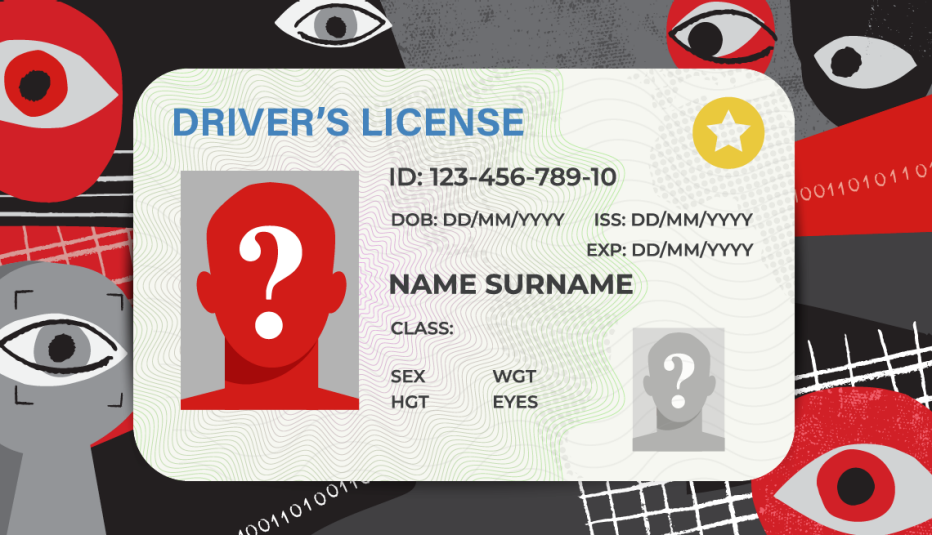AARP Hearing Center
Consumers reported losing almost $8.8 billion to scams and fraud in 2022, up 30 percent over 2021’s losses, according to newly released numbers from the Federal Trade Commission (FTC). The rising cost of these crimes is staggering, considering that in 2020 Americans lost only $3.5 billion to fraud, including identity theft.
It’s “overwhelming,” said Attorney General Merrick B. Garland, 70, during a Feb. 9 interview with AARP at the Department of Justice (DOJ) about what the federal government is doing to fight fraud — which is often aimed at older adults. He said that while the DOJ is dedicated to the effort, it’s challenged by the fact that these crimes are “innovative and constantly changing.”

And while the number of scam reports last year was actually down — to 2.4 million, from 2.9 million in 2021 — individual victims lost far more than ever before: In 2022, the median loss from fraud was $650, up from $500 in 2021. Some scams proved much more lucrative for criminals than others, according to these new numbers, which are based on reports submitted to the FTC’s Consumer Sentinel Network directly by consumers, or through law enforcement and other organizations.
The most costly fraud
The highest losses were incurred through investment scams — a total of more than $3.8 billion, double the amount lost to such schemes in 2021, with a staggeringly high median loss of $7,144 per victim.
Impostor scams (sometimes called impersonator scams) also exacted a high toll on their victims, who reported $2.6 billion in losses last year (a median loss of $995 per person). These extremely common scams take many different forms but essentially involve a criminal posing as someone you’d trust in order to steal your money. They often will pretend to be a representative from a government agency who’s contacting you regarding Social Security, Medicare or your taxes; or a family member (as in the grandparent scam); celebrity; debt collector; or utility company representative.
Median Fraud Loss By Age, 2022


Of the 2.4 million scam reports submitted last year, impostor scams were most common, followed by online shopping scams; scams involving prizes, sweepstakes and lotteries; investment scams; and business and job opportunity scams (the “Fraudulent Five,” as the FTC puts it).
While a smaller percentage of older people report being victims of scams than younger people, they tend to lose far more money to these crimes: A median amount of more than $1,000 for victims 70 and older, compared with about $550 for those in their 20s.





































































